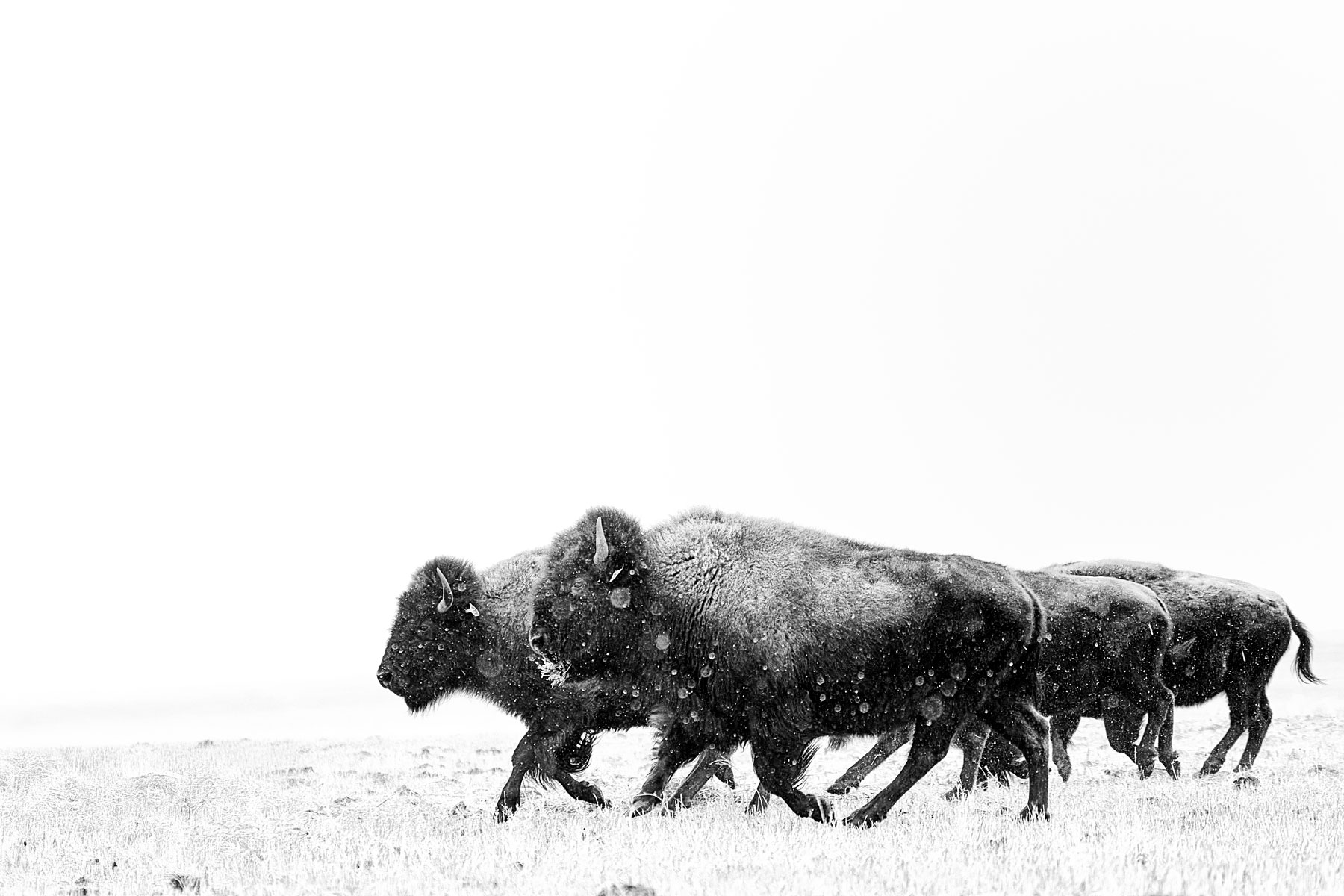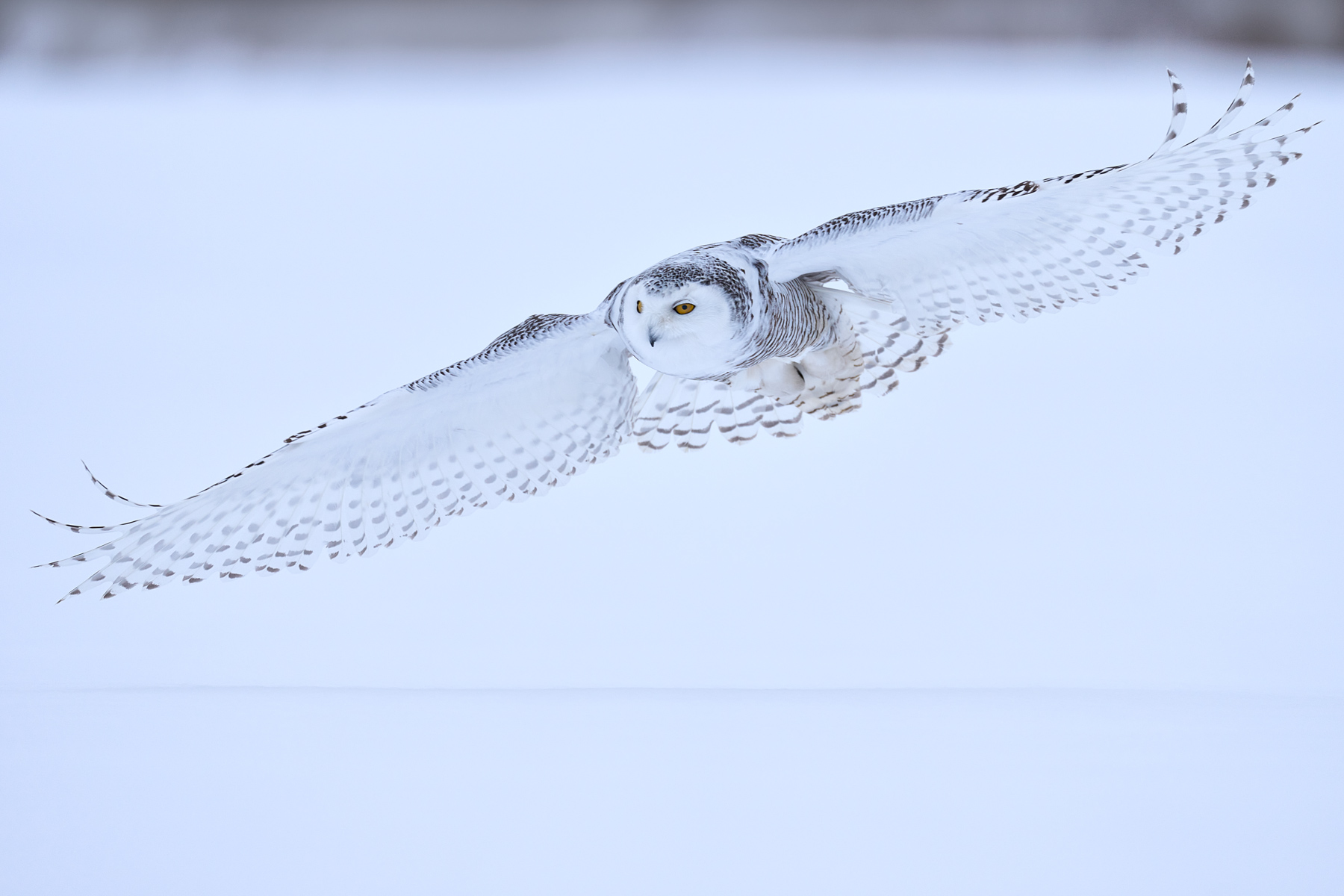What is equestrian vaulting?
Equestrian Vaulting (also known as Vaulting) is a combination of both athletic and dance movements performed on a moving horse by both men and women. We usually see it being performed at the circus.
The history of equestrian vaulting
Equestrian vaulting has a rich, fascinating history that dates back two thousand years. We know that it was popular in Ancient Rome with acrobats on one or two horses simultaneously during a performance. In Scandinavia cave paintings have depicted images of vaulting activities. Vaulting was also known in Ancient Crete where it was performed on bulls and called bull-leaping. In fact, many believe that it appeared first on the backs of bulls and later in time gravitated to horses.
In Europe during the Middle Ages and Renaissance vaulting was employed as a method to better train horses to be obedient. It was very successful and adopted by many countries.
It wasn’t popular in modern times until after World War II in Germany, where it first appeared to introduce children to equestrian pursuits. It began to become popular in the USA in the 1950’s and in time it spread on the west coast. Vaulting championships began in Europe in Austria, Switzerland, and Stockholm in1983 and are considered an art; they continue to be popular today.
What is Competitive Vaulting?
Competitive vaulting takes place in a fifteen meter ring. There may be one vaulter, a pair or three on the same team. They perform and both the horse and rider are judged by a ten point system. There is a person in the center of the ring (a lunger) who directs the movements of the horse and the rider. For certain tournaments there may be a certain number of prescribed actions that are required for each individual team to perform.
In a typical performance the following action movements are required: mount, flag, basic seat scissors, stand and flank. There are also individual freestyle movements that are called “kur” anywhere from one to four minutes in length that are actually choreographed and performed with music. Horses are judged here according to the expertise of their movements and behavior. For a freestyle routine, vaulters perform mounting, dismounting, standing, handstands, kneeling as well as tumbling, leaping and jumping; these more complex stunts are only performed by highly experienced vaulters.
Interesting facts about vaulting
Horses that are used for vaulting do not wear saddles. Instead they wear a “surcingle,” (also called a roller) along with a sturdy black pad equipped with handles and loops that assist the riders with their complex movements. Throughout the world there are twenty four countries which sponsor vaulting events and tournaments annually.
If you choose to learn vaulting there are many positive developments for you.
- Balance
- Strength
- Coordination
- Trust
- Responsibility
- Teamwork
- Flexibility
What are the major vaulting movements?
There are certain classic movements that all vaulters must learn. The following is a guide to what they are.
- Mount
- Flag
- Basic Seat
- Scissors
- Stand
- Flank
In order to be able to perform these actions, you must have training by a professional vaulting instructor. The various movements are very specific and must be practiced as often as possible; this is very much the same as studying ballet.
Children in general are very attracted to vaulting. It is recommended that if a child has an interest in this that they should be encouraged as they seem to learn it both quickly and very well. Children also bond quickly with the horses and a positive interaction is quickly established. The American Vaulting Association has divisions all over the country. Every one of these has a special program to introduce and educate children about vaulting.
An interesting sub-division of vaulting is Horse Riding Stunts. These are highly complex movements which we often see portrayed in cowboy movies. We have all seen the ryders hanging on the side of a galloping horse in Western movies. These stunts are very dangerous and require a vaulter with years of experience.
What are the best breeds for vaulting?
Any breed that is calm in temperament and naturally easy going is suitable for vaulting. However there are several preferred breeds. They are the Quarter horse, Thoroughbreds, Appaloosa, and Morgans.
Is Vaulting an Olympic Sport?
Vaulting is not an Olympic Sport. In fact it was only ever presented in the 1924 Olympics in Belgium as an event. Since that one time through to today it has never been in the Olympics again.
The American Vaulting Association
The American Vaulting Association was founded in 1968 its mission is to build and promote horse vaulting. Today there are one hundred and forty affiliates across the country and 1,200 members in Canada and the USA. The association was created to oversee all aspects of Horse Vaulting in the USA and there are branches in every state. The Rulebooks for Vaulting are written by this group and updated regularly.
Membership is open not only to vaulters and trainers but to anyone that has an interest in vaulting and regularly attends vaulting events. A calendar is distributed annually to members listing all events for the coming year. The Equestrian Vaulting Magazine is published by the association and sent regularly to all members. It contains all of the latest information about vaulting and is of interest to members of all ages.
Competitive events, as well as Award Ceremonies, are held every year, and all members are kept posted on these. Similar organizations exist on every continent and in many countries, as there is great interest in vaulting activities.










